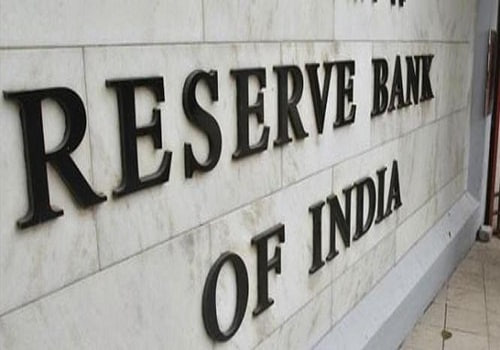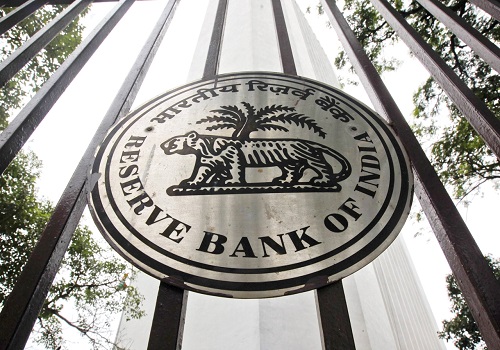Indian firms' funding costs from FPIs to rise by up to 40 bps -JP Morgan

Changes to India's withholding tax regime will increase borrowing costs for Indian companies raising money from foreign investors by about 30 to 40 basis points, analysts at J.P.Morgan said on Thursday.
Corporate Research analyst Aman Aggarwal said the change could pose some downside risk to the supply of funds, as issuers could tap the onshore market that can provide decent liquidity at competitive rates.
"Companies that will be affected mostly include Indian renewable names. Most of the Indian renewable bond structures involve an offshore Special Purpose Vehicle (SPV) that issues USD bonds and on-lends the proceeds to onshore subsidiaries," Aggarwal said.
He added that costs would increase by about 10 to 20 basis points for Mauritius-based SPVs.
Currently, Indian firms can raise funds from overseas investors through External Commercial Borrowing (ECB) and Foreign Portfolio Investments (FPI). The tax change affects the latter.
Foreign portfolio investors had been enjoying a lower 5% tax on interest earned on bonds since 2013, making investments in the country more attractive. This treatment ended on July 1, requiring them to pay a 20% tax on interest income.
Despite the change, FPIs bought Indian shares worth 466.18 billion rupees ($5.63 billion) on a net basis in July, data from the National Securities Depository Ltd (NSDL) showed.









Tag News

Monthly Debt Market Update, September 2023: CareEdge Ratings













